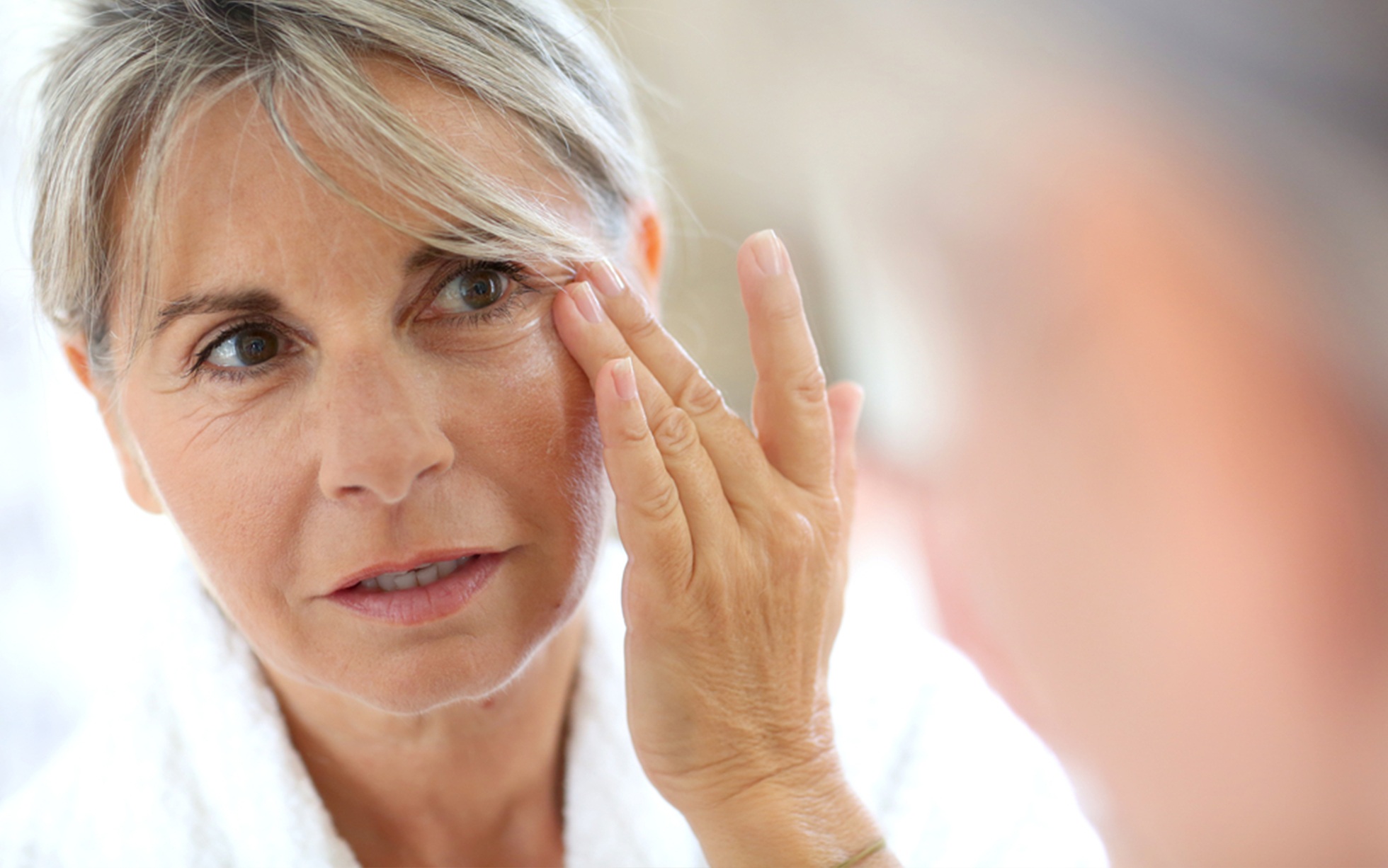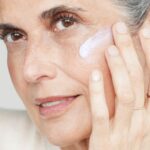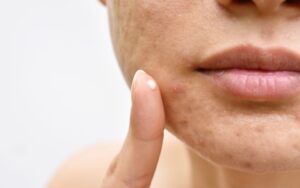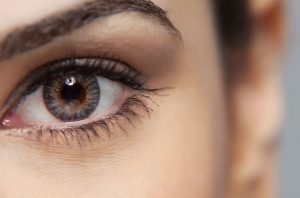
The sun may cause well-being, but the photodamaging effects of solar radiation on the skin cause photoaging.
What is photoaging?
Photoaging affects the appearance, texture and elasticity of the skin. Photoaged skin is rough and dry, due to the destruction of the hydrolipidic film and thickening of the stratum corneum.
Wrinkles appear caused by the loss of collagen and elastin as well as dehydration. We also observe discolorations and panades, i.e. brown skin lesions which are noticeable to the eye. Discolorations are due to the increase of melanocytes or the excessive production of melanin in the specific part of the skin.
In cases of chronic, severe sun damage, larger 'blackheads' appear on the oiliest areas of the face, such as the nose and forehead. Sun marks (or hyperkeratosis) are caused by DNA damage of cells that have absorbed radiation and are associated with skin cancer.
Another symptom of photoaging is the sagging, either of the skin of the face, which is exposed to the sun every day, or of the skin of the neck, where we often forget to apply sunscreen. Especially in the skin of the neck, elasticity occurs, a phenomenon called 'turkey neck' or 'goosebumps' and is seen on the neck and décolleté.
Finally, the color of the skin may turn yellow and appear pale, as it has a deficiency in blood vessels, due to the damage they suffered during exposure to the sun.
Treatments for photoaging
The repair of sun-damaged skin is done with the appropriate treatment that the Dermatologist will indicate to you. There are various treatments that treat photoaging, with great results, but there is no one-size-fits-all treatment as it depends on your skin type.
Consult one of them Our dermatologists, who have many years of experience in the repair sun damage and they will design the right personalized treatment protocol for you.





